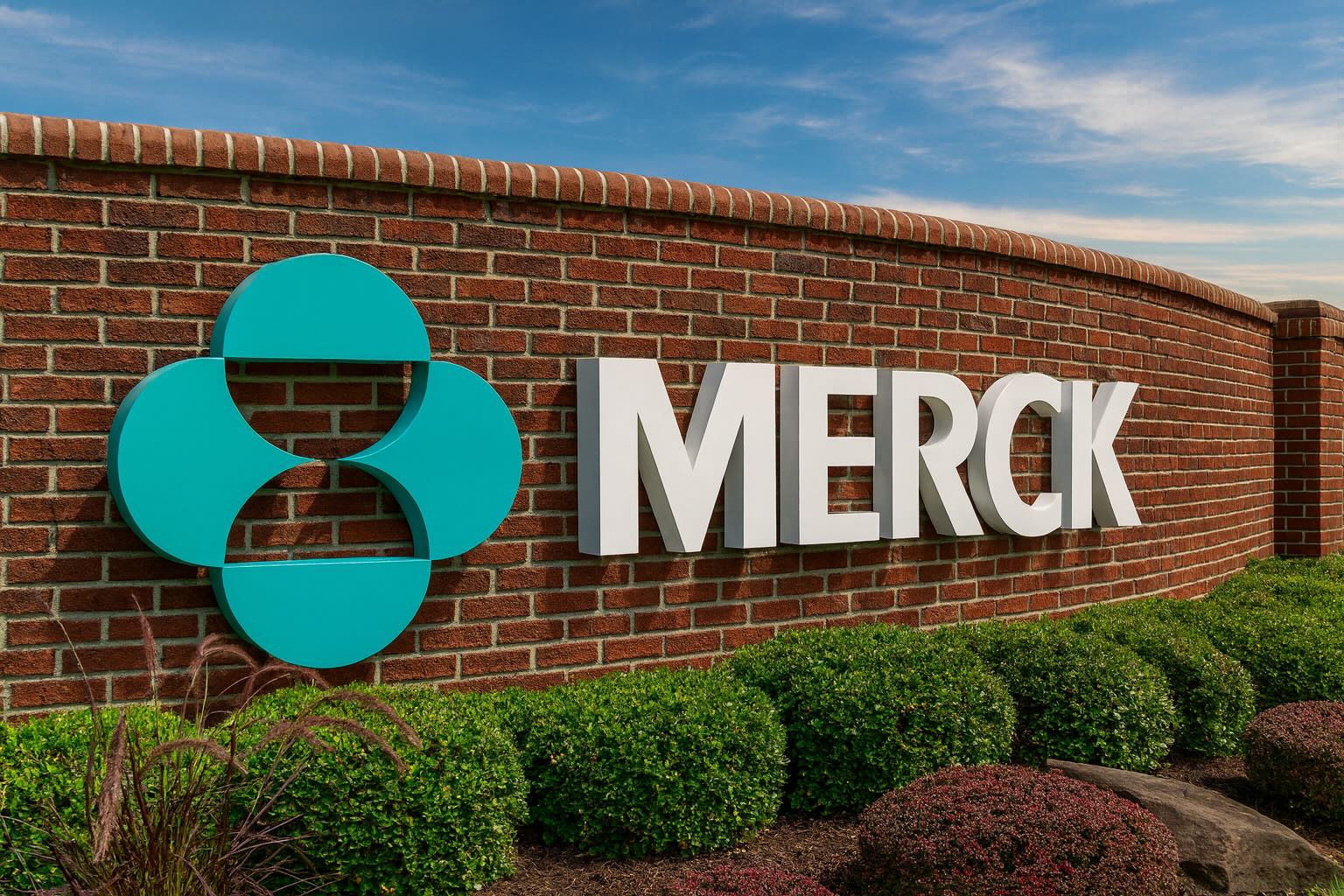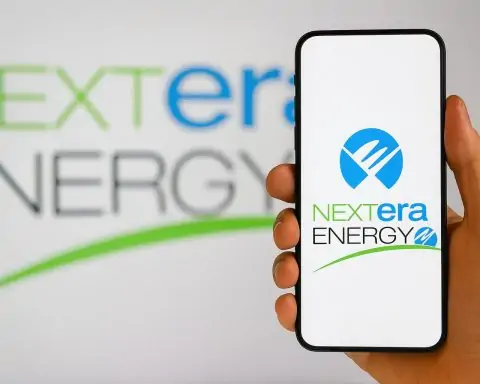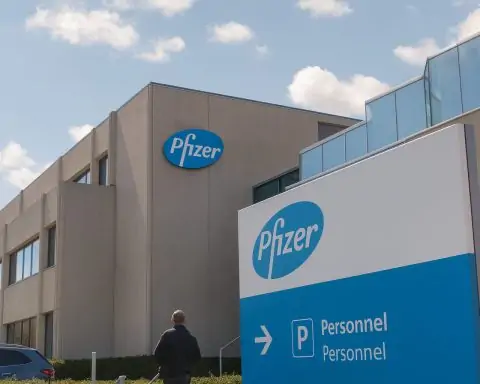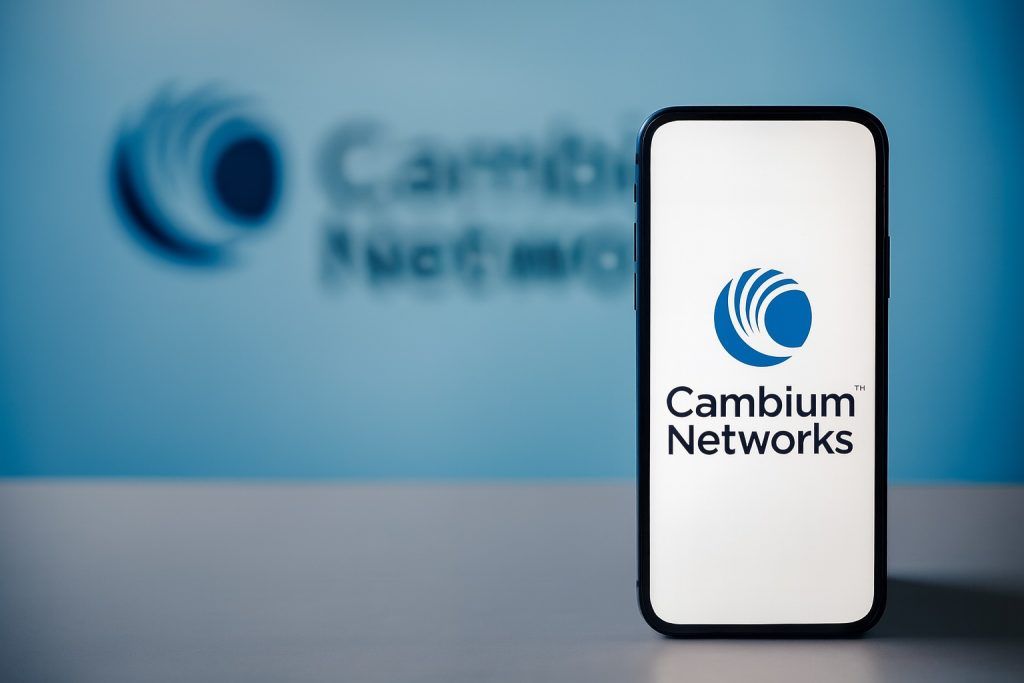- Stock Price (Oct 30, 2025): MRK trades in the mid-$80s. Shares opened ~2% lower on Oct 30 after hours [1] (year-to-date roughly 10% down [2]).
- Q3 Results: Merck reported $17.28 B Q3 revenue and $2.58 adjusted EPS, topping consensus ($16.96 B, $2.35) [3]. Cancer drug Keytruda sales jumped ~10% to $8.1 B [4].
- Outlook: Full-year sales guidance was narrowed to $64.5–65.0 B (from $64.3–65.3 B) while EPS guidance was raised slightly to $8.93–8.98 [5]. Analysts still expect ~ $8.9 EPS for 2025.
- New Approvals: Recent wins include FDA approval of a subcutaneous Keytruda injection (Keytruda QLEX) in Sept 2025 [6]. Merck closed its $10 B acquisition of Verona Pharma (COPD drug Ohtuvayre®) on Oct 7 [7]. In early October (ESMO 2025), Merck highlighted positive Phase 3 trial data (ovarian and bladder cancer) and launched an RSV vaccine (Capvaxive) [8]. Another pipeline drug, Winrevair for pulmonary hypertension, is under FDA review with a decision expected Oct. 25, 2025 [9].
- Analyst View: Wall Street’s consensus rating is Hold [10]. The average 12-month price target is about $104 (implying ~20% upside) [11]. Notable forecasts range roughly $90–110: Morgan Stanley pegs fair value at ~$98, while Berenberg cut its target to $90 [12]. Merck’s forward P/E (~9×) is well below the industry average (~16×) [13].
- Market Context: Pharmaceutical peers have diverged – Johnson & Johnson is up ~35% YTD, Pfizer is flat, and Bristol-Myers Squibb is down ~18% [14]. Investors also weigh sector risks, such as proposed U.S. drug pricing reforms [15]. On the broader market front, the IMF recently warned of potential “disorderly” equity corrections if global liquidity tightens [16], underlining current volatility that could affect Merck.
Merck’s stock price dipped on Oct 30, 2025 even as it delivered a strong third-quarter report. The company posted $17.28 B in Q3 sales and $2.58 adjusted EPS – above analyst forecasts [17]. Sales of Keytruda, its blockbuster cancer drug, grew about 10% (to $8.1 B) [18], offsetting a drop in Gardasil vaccine revenue. Despite the beat, Merck narrowed its 2025 sales outlook (now $64.5–65.0 B) while slightly raising profit guidance [19], a cautious stance that likely weighed on the share price.
Pipeline and Drug Approvals Drive Hopes
Beyond the quarterly numbers, recent product news is energizing Merck’s outlook. In September 2025 the FDA approved Keytruda QLEX, a new one- or two-minute subcutaneous injection of Keytruda [20] (this formulation carries its own patent and helps extend Keytruda’s franchise). On Oct. 7, Merck closed its $10 B deal to buy Verona Pharma, gaining Ohtuvayre (sotatercept inhaler for COPD) [21]. At the ESMO oncology conference in early October, Merck announced positive Phase 3 results for KEYNOTE-B96 (ovarian cancer) and KEYNOTE-905 (bladder cancer), and it launched an RSV vaccine called Capvaxive (for older adults) [22]. Another late-stage drug, Winrevair (sotatercept for pulmonary arterial hypertension), received FDA priority review after showing a 76% reduction in death/hospital events; a decision is due by Oct. 25, 2025 [23]. These approvals and trial readouts – along with a broad clinical pipeline – form the basis for Merck’s expectation of renewed growth in H2 2025 and beyond.
Stock Performance and Analyst Commentary
Merck shares were roughly flat to slightly down on Oct 30, opening about 2% lower [24]. Analysts note that while Q3 beat was solid, investors remain cautious. One concern is Merck’s heavy reliance on Keytruda: a Nasdaq/Zacks report noted Keytruda sales were up 7% in H1 2025 and should keep driving growth [25], but industry experts warn that Merck’s dependence on Keytruda means rivals and future biosimilars could pressure sales [26]. U.S. policy is another overhang – discussions of Medicare drug-price negotiations and industry tariffs have created uncertainty for big pharma [27] [28].
On the brokerage side, the consensus “Hold” reflects this caution [29]. The average 12-month target is around $104 [30], but forecasts span about $90 to $110. Morgan Stanley’s “equal-weight” rating sets a $98 target, while Berenberg’s recent downgrade capped its target at $90 [31]. By contrast, Merck management is upbeat. CEO Robert Davis highlighted “over 20 new and potential future growth drivers” in the pipeline [32], and CFO Caroline Litchfield stated “we are confident in our ability to drive growth in our business this year” [33]. Analysts also point out Merck’s attractive valuation: with a ~3.8% dividend yield (above J&J’s ~2.7%) [34] and a forward P/E well below peers [35], many see MRK as a value play if upcoming catalysts pan out.
Sector and Macro Influences
In the healthcare sector, Merck’s performance is mixed relative to peers. As noted, Johnson & Johnson has surged YTD while others lag [36], underscoring how individual drug pipelines and business mixes diverge. The broader stock market also looms large: recent IMF commentary warns that stretched equity valuations could correct if global liquidity tightens [37]. Rising U.S. interest rates (until anticipated cuts), inflation trends, and geopolitical uncertainties may all introduce market volatility. Within pharma specifically, any new drug pricing legislation or Medicare reforms in 2025–26 could significantly impact Merck’s margins and those of its competitors [38]. Overall, these macro and industry trends are important backdrops as investors decide if Merck’s upsides will outweigh these risks.
Outlook and Forecast
In the short term, Merck’s stock is likely to be driven by news flow around these catalysts. The technical setup is neutral-to-bearish (short-term moving averages above price) with the stock near recent lows, suggesting limited immediate upside without a fresh positive trigger [39]. Any surprises on pending approvals (e.g. Winrevair) or updates on Keytruda expansions could spark rallies. Over the longer term, analysts generally forecast modest earnings growth. Consensus full-year 2025 EPS is near $8.9 (up from $8.6 in 2024), rising to about $9.6 in 2026 [40]. The average price target (~$104) implies roughly 20% upside from current levels, reflecting confidence that Merck’s new drugs (like the RSV vaccine and future label expansions) and pipeline will drive growth once Keytruda faces biosimilar competition [41] [42]. Investors note that Merck’s balance sheet and R&D spending are strong (R&D ~$18B annually) and its longstanding dividend provides a cushion. In summary, while Wall Street remains cautious near term, many see MRK as a potential value opportunity: if the company’s multiple late-stage products gain traction, Merck’s shares could climb toward their consensus targets.
Sources: Merck company releases and financial reports [43] [44]; Reuters and NASDAQ coverage of Q3 2025 results [45] [46]; TS2.Tech analysis and data [47] [48] [49] [50] [51]; other financial news outlets and analyst reports.
References
1. seekingalpha.com, 2. ts2.tech, 3. www.marketscreener.com, 4. www.marketscreener.com, 5. www.marketscreener.com, 6. ts2.tech, 7. ts2.tech, 8. ts2.tech, 9. ts2.tech, 10. ts2.tech, 11. ts2.tech, 12. ts2.tech, 13. ts2.tech, 14. ts2.tech, 15. www.marketscreener.com, 16. ts2.tech, 17. www.marketscreener.com, 18. www.marketscreener.com, 19. www.marketscreener.com, 20. ts2.tech, 21. ts2.tech, 22. ts2.tech, 23. ts2.tech, 24. seekingalpha.com, 25. ts2.tech, 26. ts2.tech, 27. www.marketscreener.com, 28. ts2.tech, 29. ts2.tech, 30. ts2.tech, 31. ts2.tech, 32. ts2.tech, 33. ts2.tech, 34. ts2.tech, 35. ts2.tech, 36. ts2.tech, 37. ts2.tech, 38. www.marketscreener.com, 39. ts2.tech, 40. ts2.tech, 41. ts2.tech, 42. ts2.tech, 43. www.marketscreener.com, 44. www.marketscreener.com, 45. www.marketscreener.com, 46. seekingalpha.com, 47. ts2.tech, 48. ts2.tech, 49. ts2.tech, 50. ts2.tech, 51. ts2.tech







